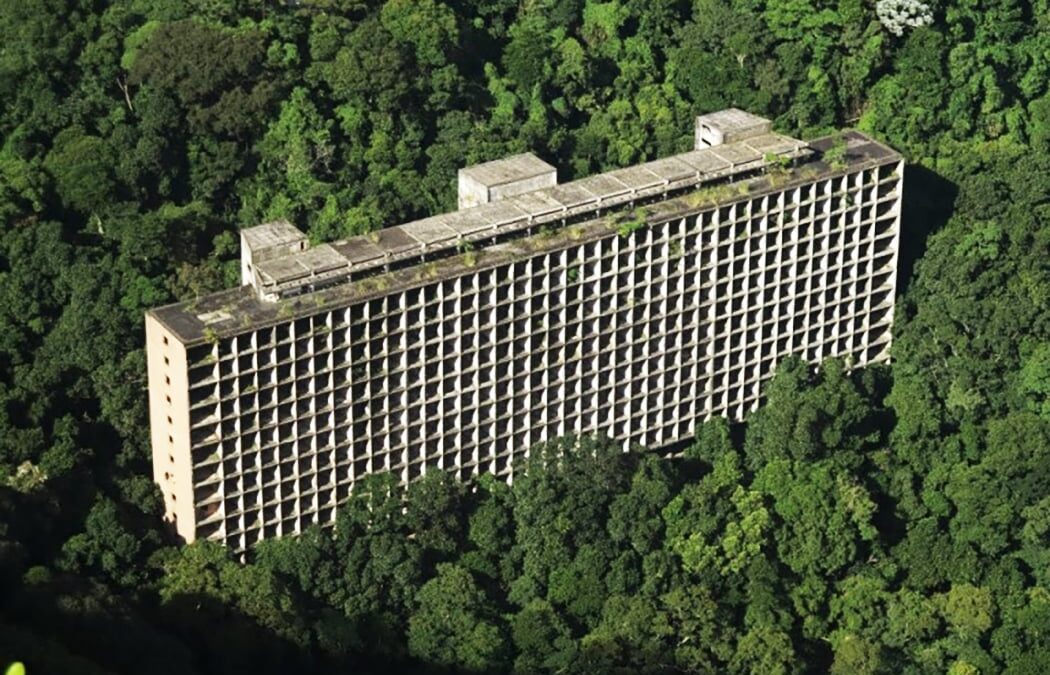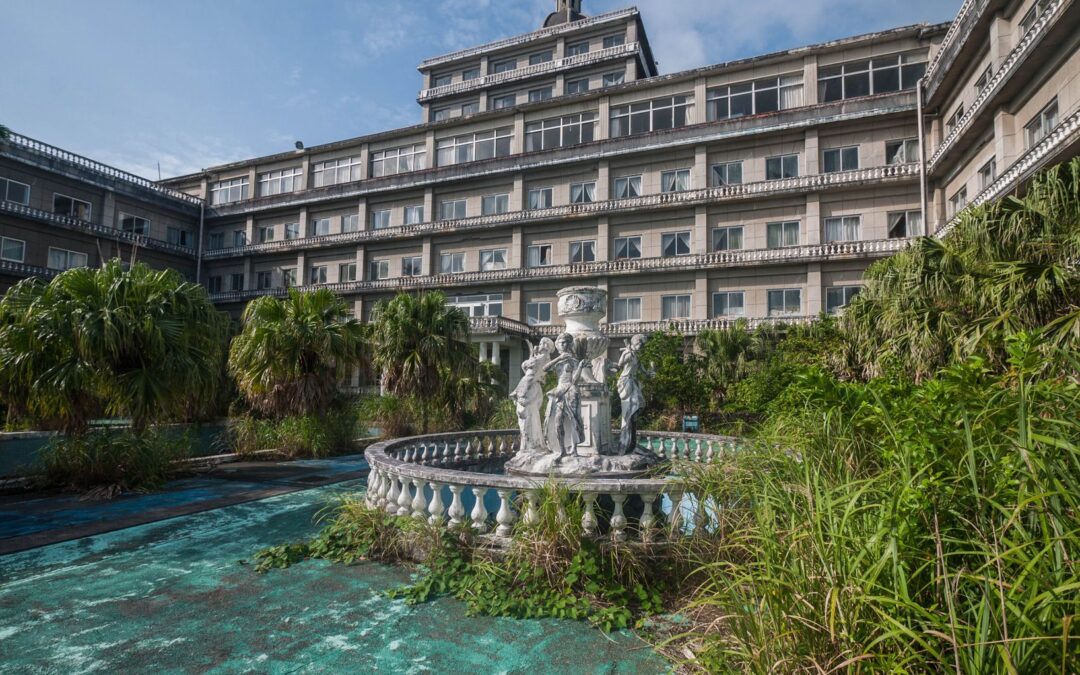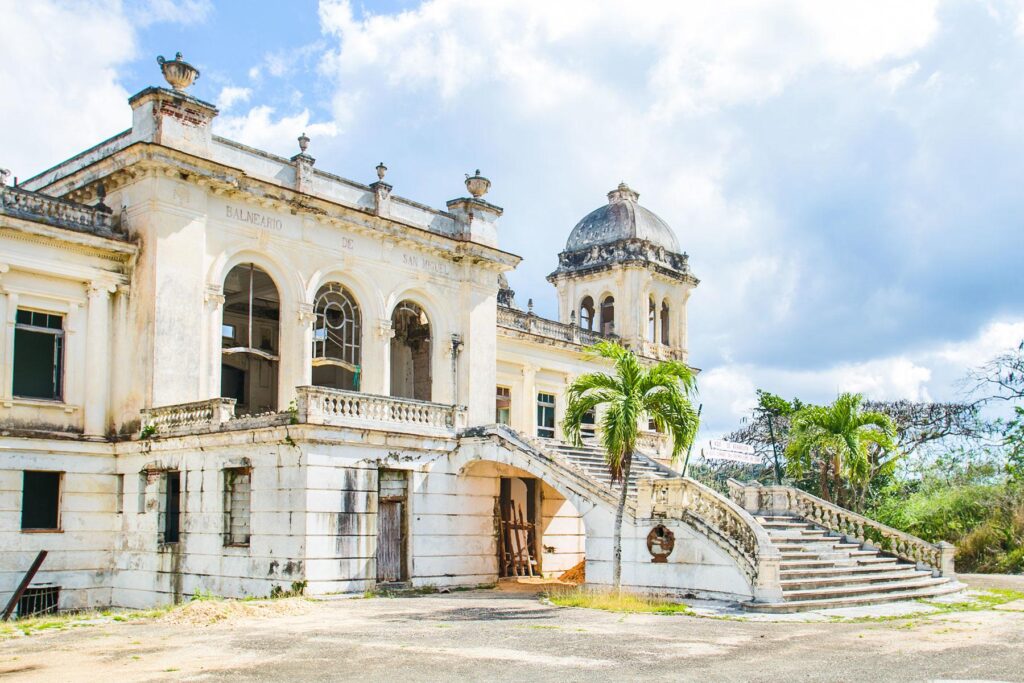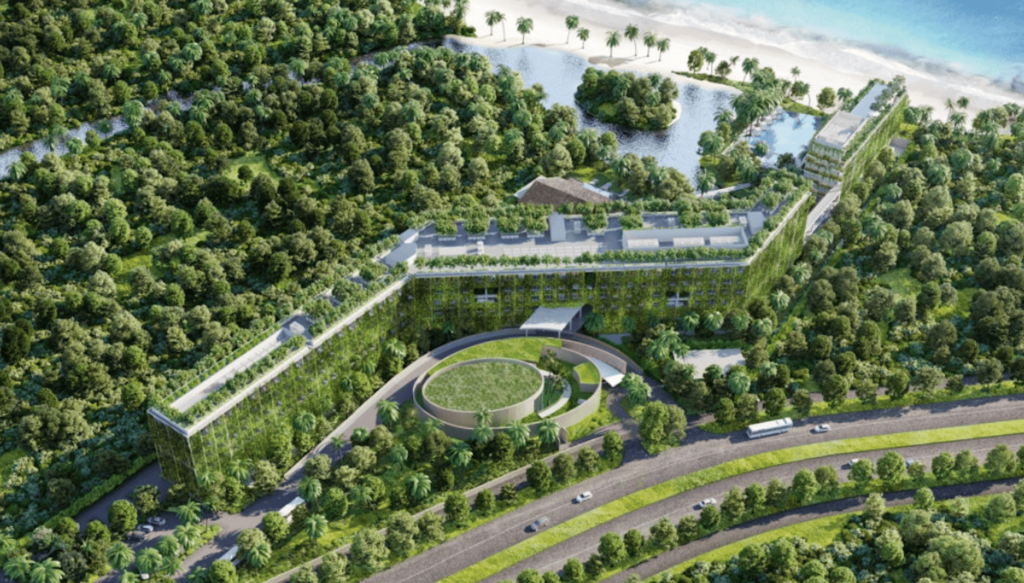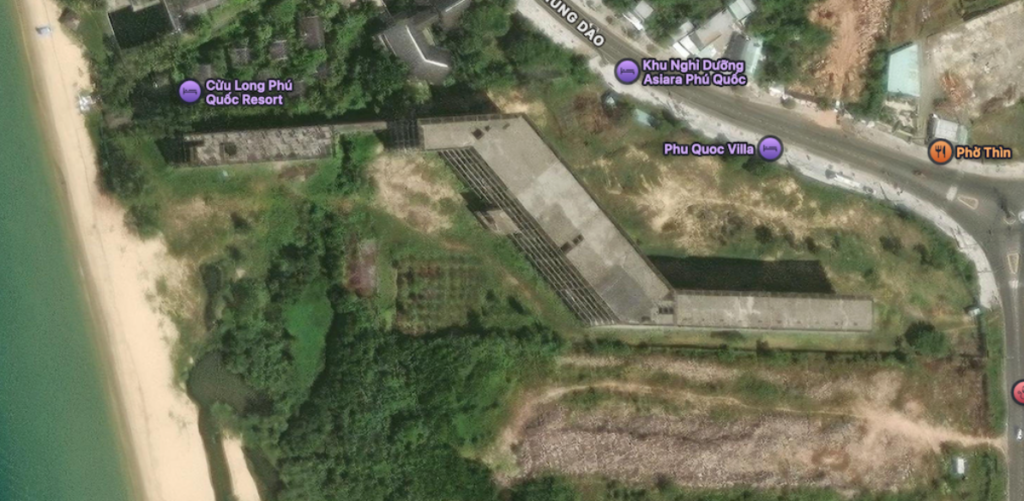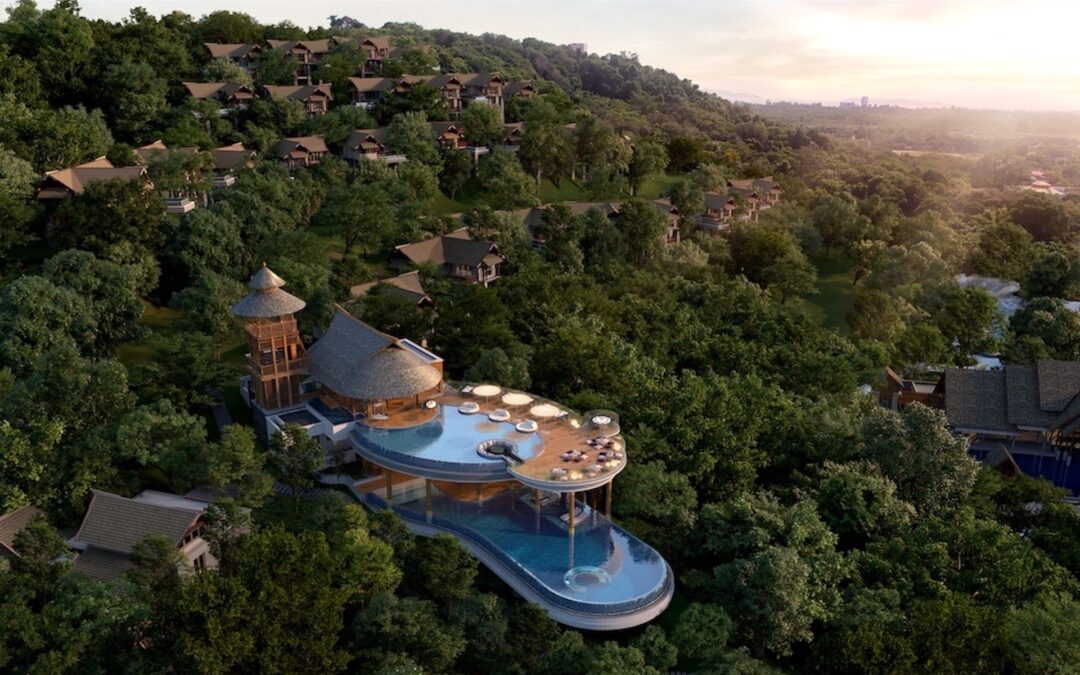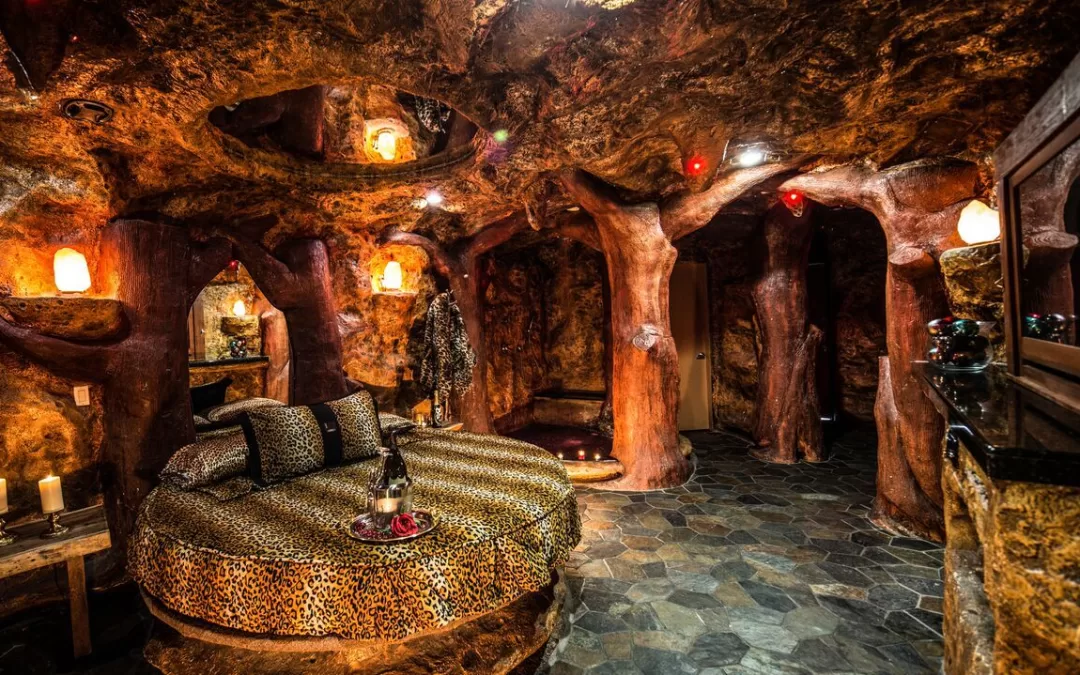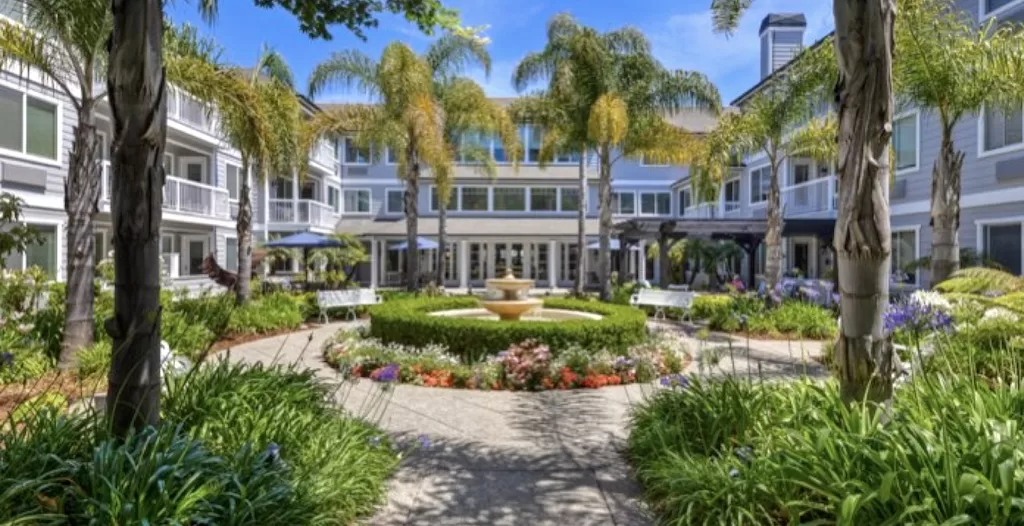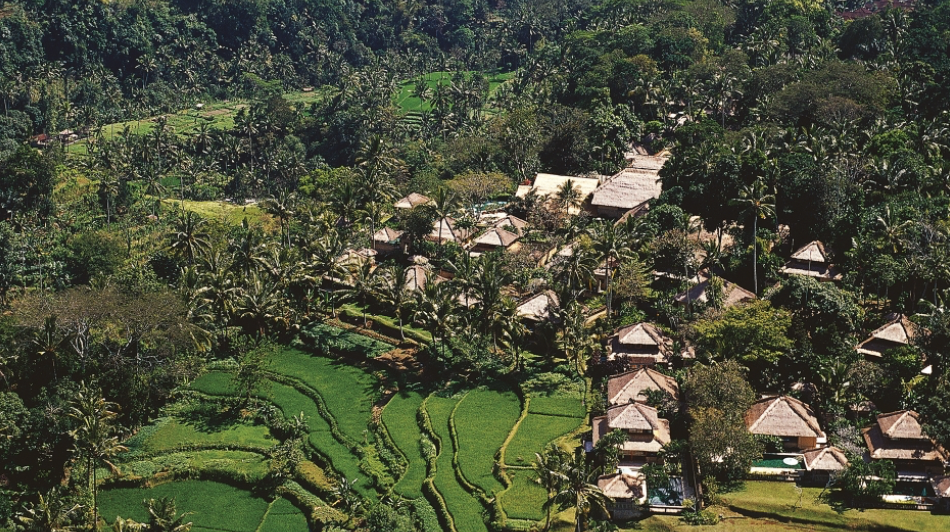Asia’s Real Estate Landscape is Littered with Unfinished Dreams Many abandoned projects never made it to completion. These “skeleton structures” serve as cautionary tales of what happens when...
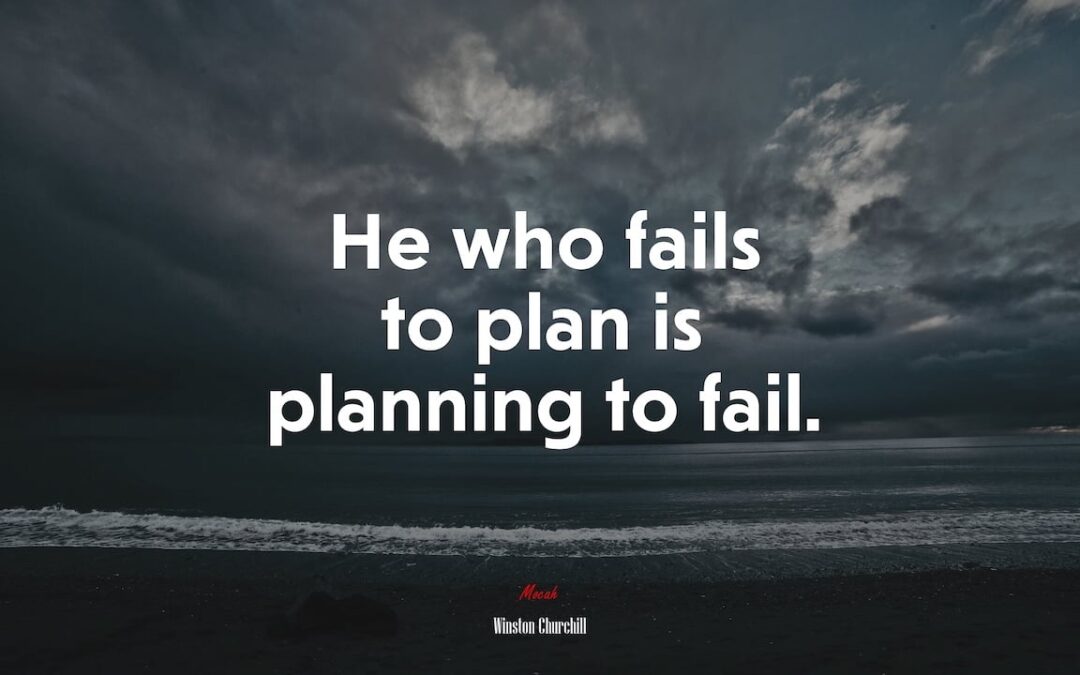
A Blueprint for Real Estate Success: Avoiding Common Pitfalls
FAIL TO PLAN, PLAN TO FAIL!
The adage “If You Fail to Plan, You Plan to Fail” rings especially true in real estate. From luxury resorts to residential developments, successful projects require meticulous planning, the right team, and a focus on long-term goals. In this final part of our series, we’ll explore the blueprint for avoiding pitfalls and ensuring success.
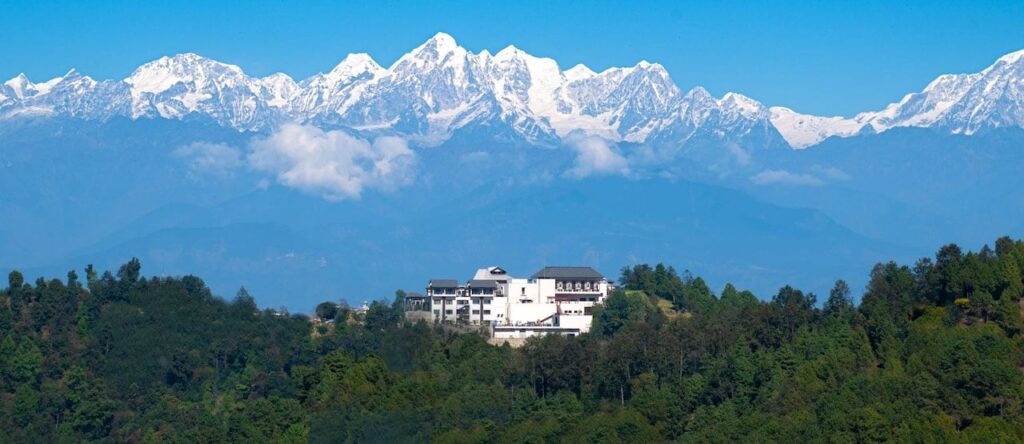
Dusit Himalayan Resort
Key Elements of a Successful Real Estate Project:
1. Comprehensive Feasibility Studies:
Understand market demands, financial projections, and risks before breaking ground.
2. Hire the Right Expertise Early:
Engage experienced client representatives, architects, and contractors who have a proven track record in your project type.
3. Realistic Timelines:
Build buffers into your schedule. Luxury developments often take longer than anticipated, but planning for delays minimizes surprises.
4. Secure Adequate Funding:
Ensure financial stability from land acquisition through at least the first year of operation.
5. Focus on Regulations and Compliance:
Address permits, building codes, and environmental requirements early in the process.
6. Adaptability:
Be ready to pivot if market conditions change or challenges arise. A flexible approach often determines success.
Conclusion:
Real estate success isn’t about avoiding challenges—it’s about anticipating them and having a plan to navigate through. With the right strategy, even the most ambitious projects can thrive.

Want to ensure your next project succeeds? Reach out for a consultation and let’s craft your blueprint for success!

A Blueprint for Real Estate Success: Avoiding Common Pitfalls
FAIL TO PLAN, PLAN TO FAIL! The adage “If You Fail to Plan, You Plan to Fail” rings especially true in real estate. From luxury resorts to residential developments, successful projects require...
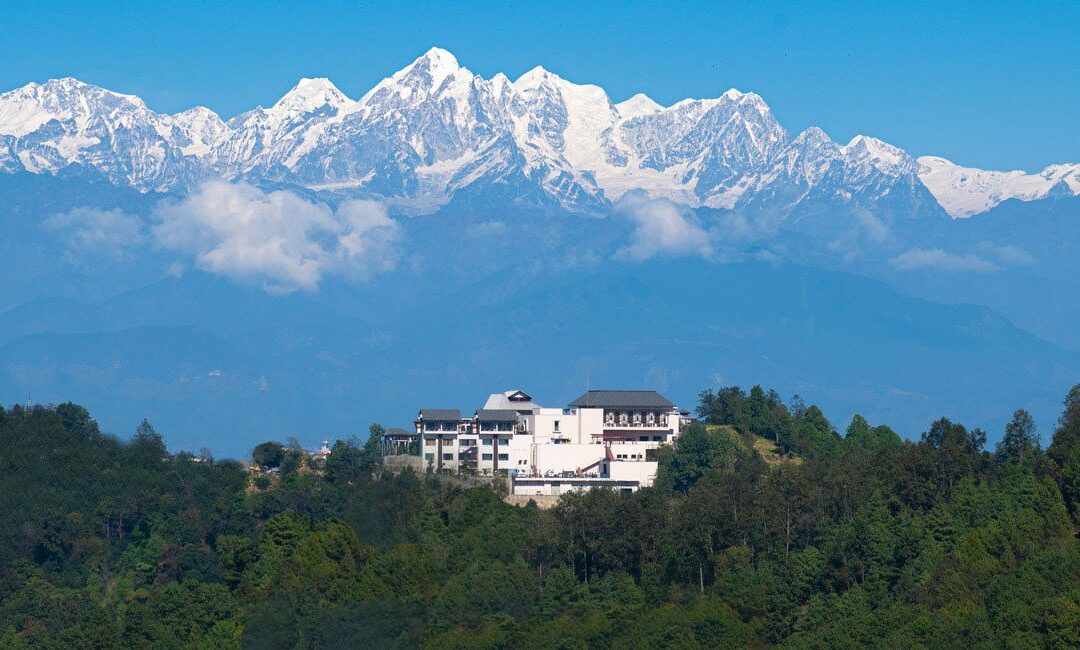
The Most Coveted Resorts in Asia 2025
The Most Coveted Resorts in Asia 2025 | Where Luxury Meets Local In the vibrant landscape of 2025's Asian hospitality scene, the boutique hotel revolution that began as a whisper has transformed...
Create With Bert!
Got a project or an idea in mind? Let’s make it real.
What We Do
Our Outposts
Bangkok
Bali
Remote
WhatsApp Me!

